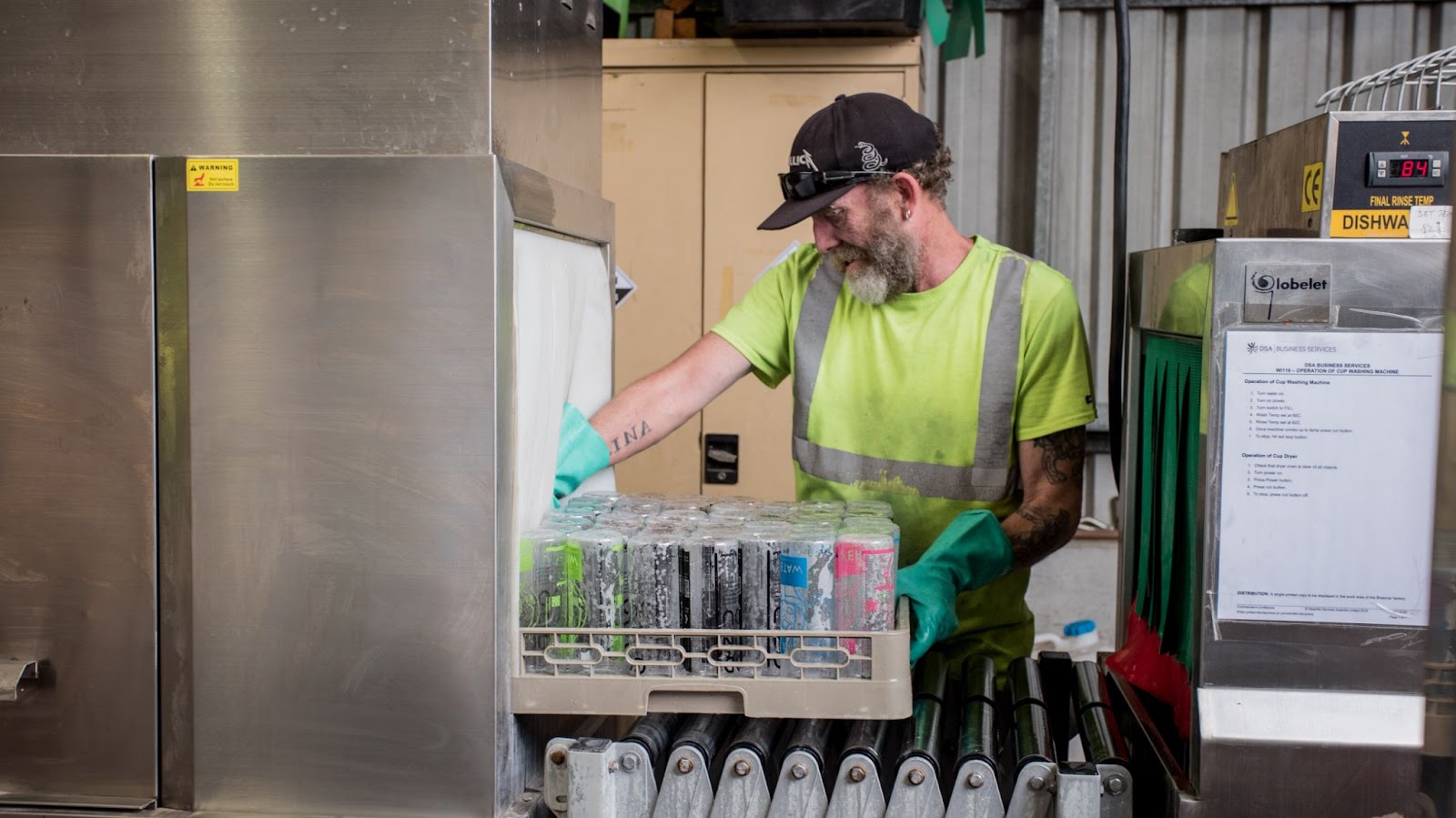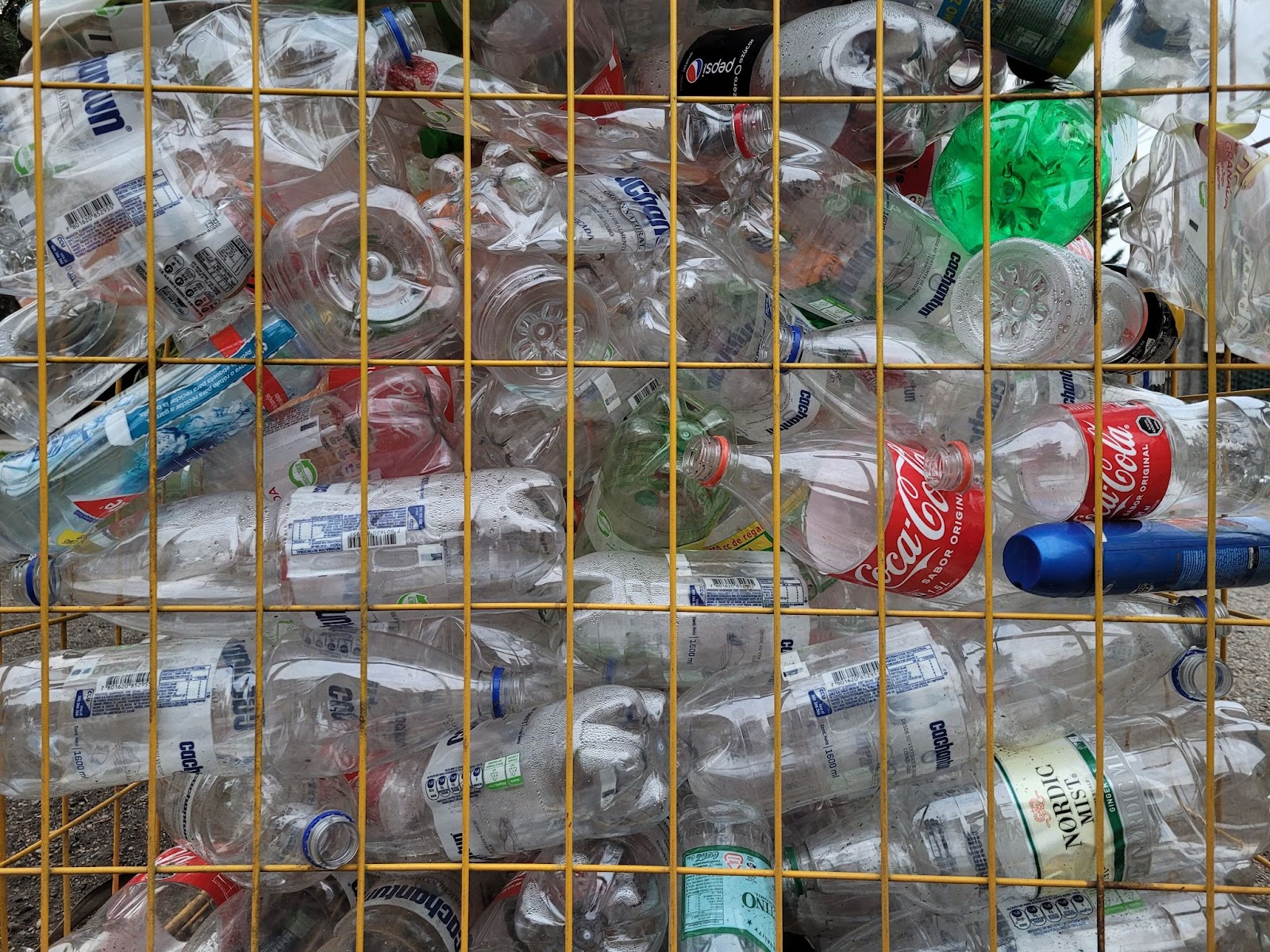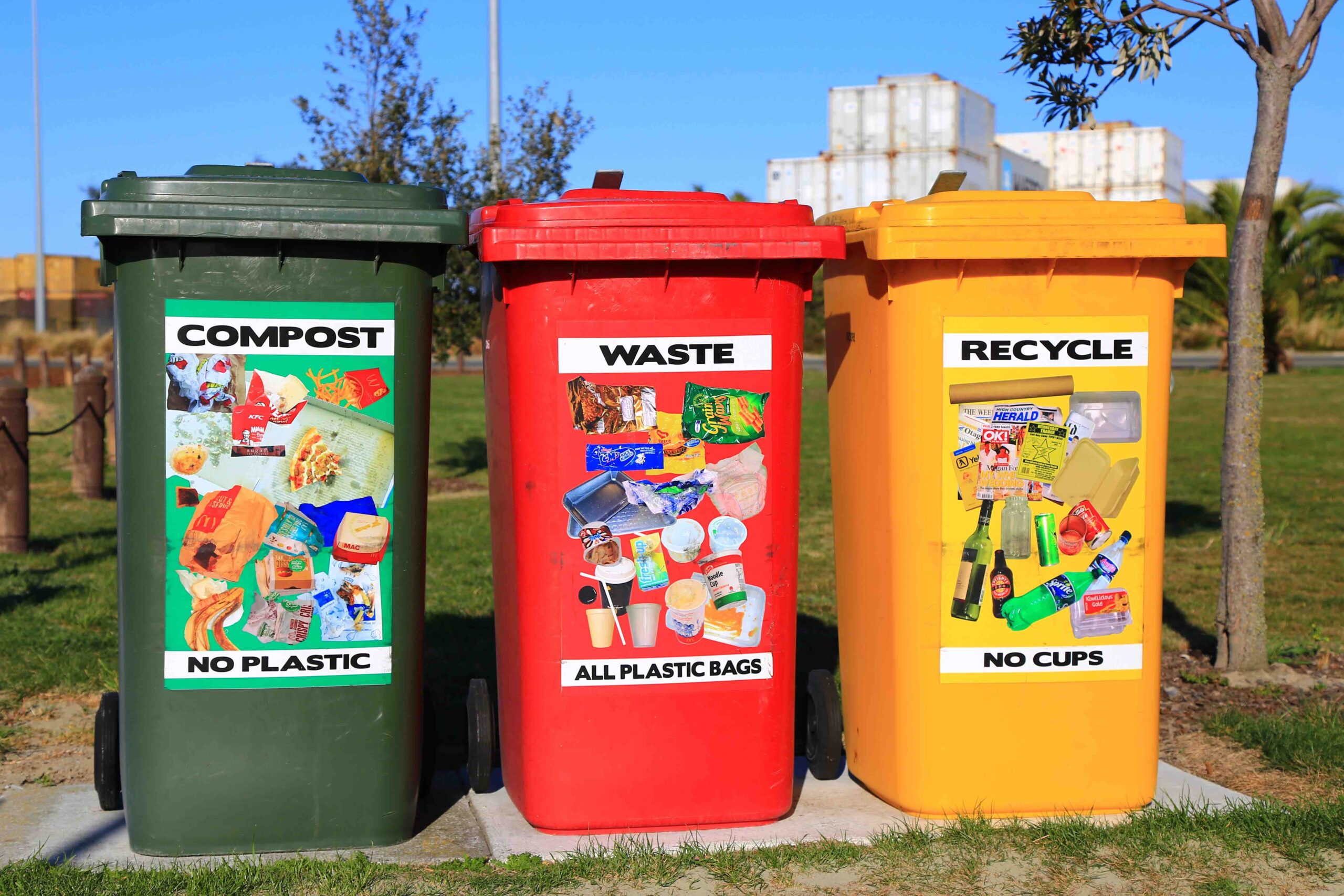Recycling is a tricky practice. According to the Environmental Protection Agency (EPA), recycling reduces waste in landfills, conserves natural resources, including water, prevents pollution, and lowers emissions by reducing the need to extract raw materials.
However, many Americans face unclear guidelines on what can or can’t be recycled, what should be composted, and what can be designated for landfill dumping. So, while regarded as an essential way to combat waste levels, this lack of clarity adds to the confusion around the practice.
Advocacy organizations have been pushing for standardized bin labels for years to ease citizens’ confusion about what can be recycled. In September 2022, a group in Congress joined in the call for clearer labeling. In September 2022, a letter was drafted to EPA Administrator Michael S. Regan by 17 lawmakers requesting the agency design and actively promote a more clear-cut labeling system to encourage more proactive waste disposal.
The EPA’s National Recycling Strategy
As part of the National Recycling Strategy to bolster the rate of the practice in the U.S., the letter explained that as of 2022, more than 62% of U.S. citizens worry that a lack of knowledge about proper recycling causes them to toss more items improperly.
With multiple types of plastics that aren’t clearly defined as recyclable, people are less inclined to put them in the correct container. They may do so with cardboard or glass since there is more clarity, which is insufficient to reduce America’s waste footprint.

Photo Courtesy Globelet Reusable
Bin labels have been part of the National Recycling Strategy for quite some time. Lawmakers have suggested that more could be done by the EPA to implement these stickers more effectively. The strategy aims to increase American participation by 50% before 2030 while establishing a circular economy built on recyclable materials.
The idea is to reduce materials and material use and redesign products to be less resource-intensive, saving costs on manufacturing. For the circular economy model to be successful, it has to be clear on what can be recycled and what cannot be, making labels more crucial.
It will also urge Americans to recycle more diligently and provide effective data for revamped guidelines.
“The clear, standardized visuals work like road signs to show people what can be recycled in each bin,” lawmakers penned in their letter to the EPA. “These labels can then be customized to suit the capacity of recycling plants in each municipality, educating consumers on what can and cannot go into every individual recycling can. There are now more than 9 million standardized labels on recycling and compost bins across the country.”
Data and transparency are key components of the EPA’s current strategy. By measuring everything from the number of plastic bottles compared to glass and metal receptacles to composting waste and organics, more clarity will be provided to the general public about recycling. More visibility on these aspects will help manufacturers and recycled material sourcing create a better streamlining of recycled goods.
More standardized recycling has other significant economic benefits, too. In their letter to Regan, the 17 lawmakers pointed out how the Las Vegas School District has saved $6 million due to decreased trash hauling fees, a direct result of increased recycling. Other states, like Rhode Island, have experienced reduced rates of rejected recyclables.

Photo Courtesy Killari Hotaru
Other Waste Management Efforts
Coupled with this push for more standardized bin labeling is a national bottle mandate being put together by a separate group of lawmakers. As of July 2022, the Return Every Deposit for Effective Environmental Management (REDEEM) Act is aiming for new standards for bottle deposits and recycling. They will involve increasing the price of bottle returns from 5 cents to 10 cents, curbside bottle collection for neighborhoods, establishing convenience zones for easy disposal and bin return, and a concise labeling system where bottles should be thrown out.
The logic is if consumers can easily dispose of their items, the U.S. will be able to reuse more containers, ending the need to create new plastic. It’s a more environmentally-conscious recycling plan.
“Now is the time to take concerted action to coordinate our national recycling and optimize our recycling processes,” the letter stresses. “Standardized labels for recycling and trash bins work, a fact that EPA has already recognized by including them in the National Recycling Strategy under Objective C.”





